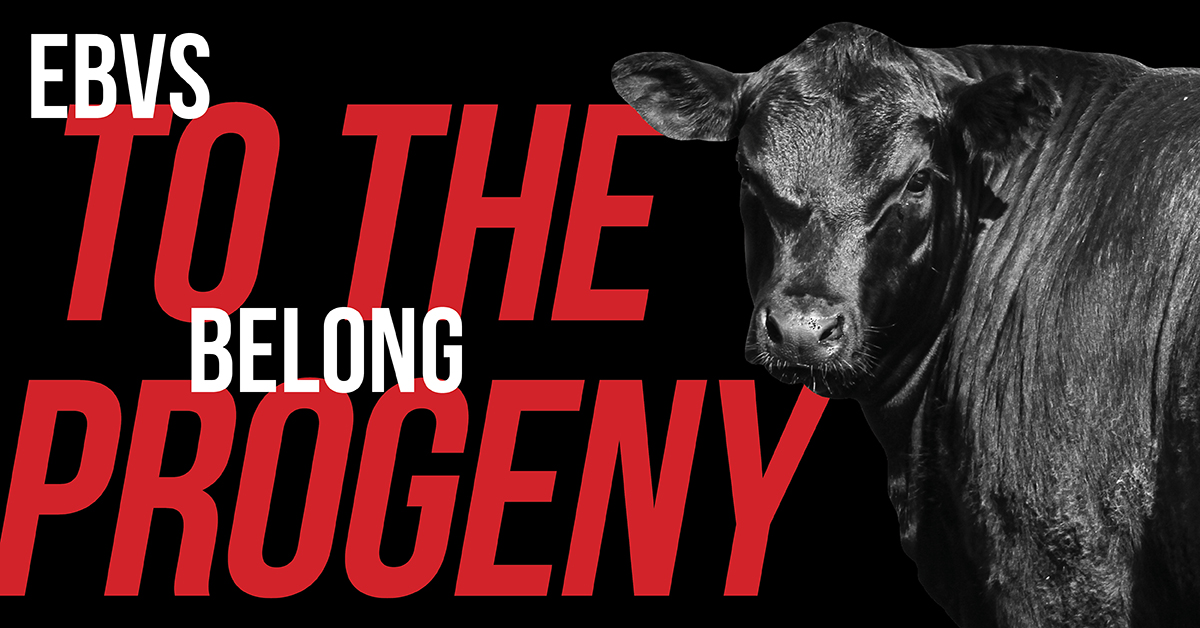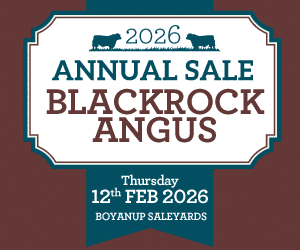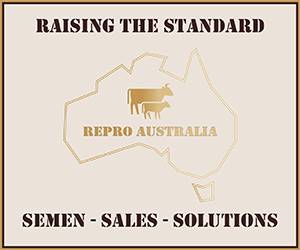Whether commercially or seed stock focused the message remains the same, the value a bull has should be considered in the long term. The strong environmental influence on his physical performance often overshadows this but the success of your breeding program will depend on whether the bull improves your cow herd or keeps it average.
Part of getting this decision right is about understanding what role the bull plays in our breeding program. Will you retain lots of his heifers? Will you retain none of his heifers? Will we use genomics in the selection of heifers? Will he sire a bull? All these questions aim to understand what sort of reach he will have. Only once we understand the impact the bull has on the breeding program can we understand his value.
Did you know that if an average heifer (50% percentile) is bred to an average bull (50% percentile) by the time the calf is able to be mated, it will be below average (bottom 50%) in the breed?
Genetic gain within the Angus breed has been driven by the great work seedstock producers have done in applying technologies like EBVs and genomics, blending them into programs which assess not only the physical characteristics we see in the animal but the science of breeding values.
The importance of understanding then that the heifers we breed today will produce the cows of a better future means that if we want to produce more profitable cattle, we need to breed the cows we want in 10 years’ time, now.








